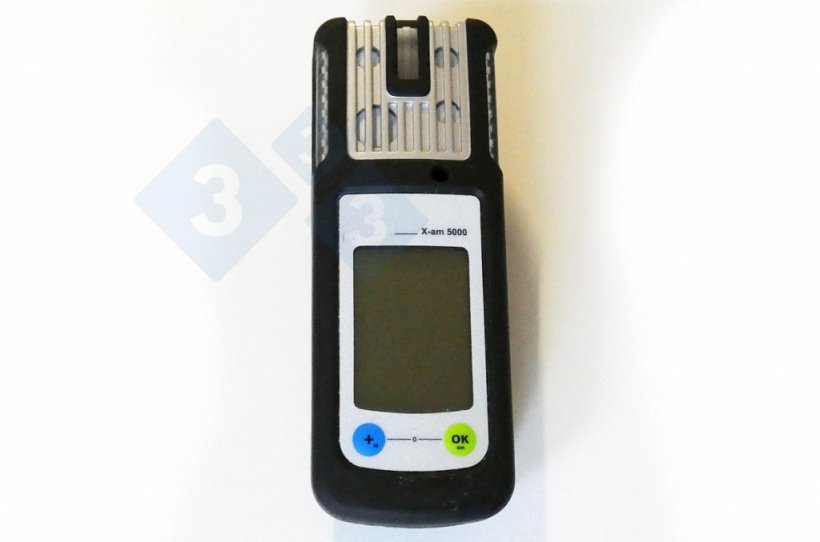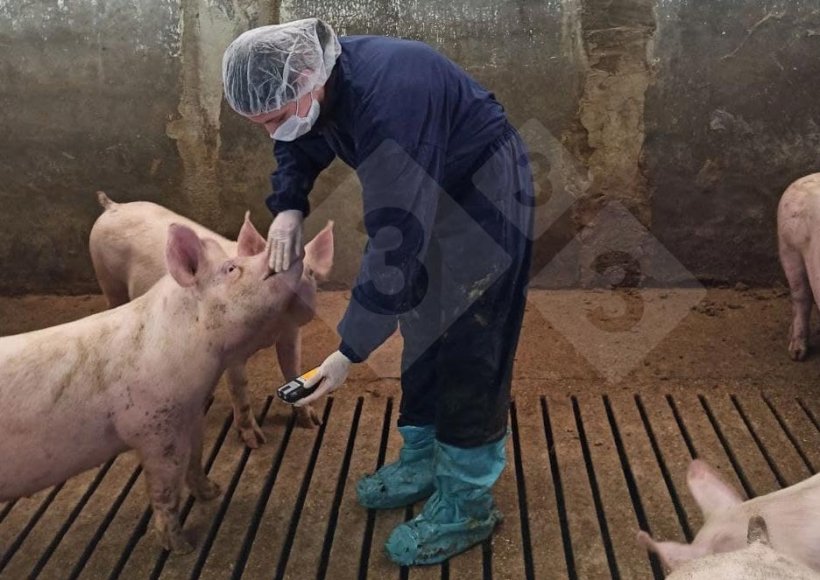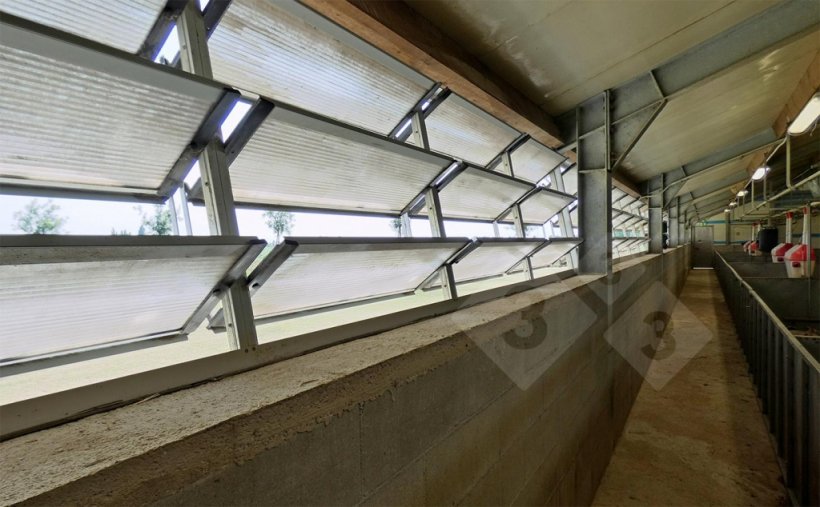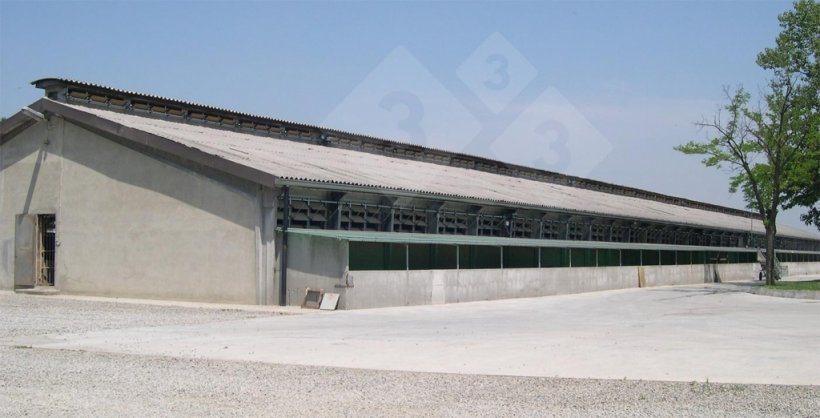This series of articles stems from the project WelfarePIGnet - Innovative and efficient techniques to improve animal welfare and biosecurity on pig farms, funded by the PSR 2014-2020 of the Emilia-Romagna Region and coordinated by the CRPA - Centro Ricerche Produzioni Animali Soc. Cons. p. A. of Reggio Emilia. A project aimed at transferring and disseminating best practices for pig welfare and improving farm biosecurity.
To achieve this goal it was necessary to:

- Identify problems related to animal welfare and biosecurity on pig farms.
- Create an online consultation questionnaire to be delivered to stakeholders (producers, veterinarians, agronomists, animal scientists, agricultural organization technicians, etc.) through which they assign a score from 1 to 5 according to the level of importance of the problem.
- Process the results obtained from the consultation and identify the 10 main problems.
- Define improvement practices for each problem (Animal Welfare Improvement Practices).
During the first phase of the project, the main problems identified were
- The animals' access to basic resources such as feed, quality water, and adequate environmental enrichment material.
- The surface area of the pen and the type of flooring.
- Environmental control, especially lighting, presence of noxious gases, and ventilation.
- The application of biosecurity measures to prevent the entry and spread of pathogens on the farm and in particular the procedures for cleaning and disinfection of the buildings and the entry of vehicles and visitors.
Faced with these challenges, some practices to help improve the conditions of our animals were studied, developed, and economically evaluated.
In this first installment, we will focus on practices aimed at improving environmental and microclimatic control.
Adequate monitoring of noxious gases
Ammonia, carbon dioxide, and hydrogen sulfide are the main gases present on pig farms that can be particularly harmful to animals and humans. For this reason, we must monitor the concentrations of these gases at different times of the year to intervene to reduce them if threshold levels are exceeded:
- Ammonia: 10 ppm
- Carbon dioxide: 3,000 ppm
- Hydrogen sulfide: 0.5 ppm
For this purpose, we must implement a correct monitoring procedure, which should include:
- A correct selection of the pens to be evaluated: We must consider the different types of housing and sample at least three pens in order to be representative.
- An adequate frequency for detecting harmful gas concentrations via fixed or portable instruments and recording the measured values. In countries where conditions can change greatly from one season to the next, such as Italy, at least one measurement should be made per season.
- Accurate identification of critical points and adoption of concrete improvement measures to resolve them.
Periodic monitoring of the concentration of noxious gases (in Italian) ![]()

Portable instrument to detect the concentration of noxious gases.
When analyzing the costs of implementing this proper gas measurement, we must consider the costs of investment, labor, and management.
- The investment cost is related to purchasing the required portable tool and possible associated consumables, estimated at:
- Tool: 2,000 €
- Maintainance and consumables: 300 €/year;
- The company's labor cost is related to the time spent to perform such gas measurements and has been estimated at:
- 2.5 €/testing
- The annual cost of managing the monitoring sessions, in the case of a single type of housing, can vary between:
- Farm with 1000 places: 0.66 €/place
- Farm with 3000 places: 0.26 €/place
- To the cost of the analysis, we should add the cost of a specialized technician for the possible implementation of an improvement plan. This cost will be calculated on a case-by-case basis.

Gas concentration monitoring should be performed at least once per season and in at least three pens.
Good ventilation, either natural or artificial
The ventilation of the pens is intended to create and maintain a suitable environment for the life and well-being of the animals and farm workers, as well as for the durability of the building materials, equipment, and technological systems present in the barn.

We can have two types of ventilation on farms:
- Natural ventilation: Based on the upward force of air and wind movements.
- Artificial ventilation: Achieved through the use of motor-driven fans.

Side openings and continuous ridge for natural ventilation.
With natural ventilation, the key points to review to achieve the desired results are:
- The position of the building in relation to the direction of air currents.
- The presence of other buildings.
- The slope of the roofs.
- The width of the building.
- The correct sizing of the ventilation openings.
- And last but not least, having a continuous ridge or chimneys for air exhaust.
With artificial ventilation, we must consider:
- The number of fans.
- The air inlets and outlets.
- The presence of automatic control systems and systems to regulate the fan speed and the opening of the air inlets.

Side openings and continuous ridge for natural ventilation.
Implementation costs will depend on the type of ventilation and the intervention. Some examples are:
- Creating ventilation openings: In this case, the cost is linked to the demolition of the walls and the profiling of the spaces. It costs 150 €/m2.
- Reinforcement of the ventilation system: This will depend on the additional ventilation flow required and can vary from 0.04 to 0.10 €/m3.
Natural and artificial ventilation on pig farms (in Italian) ![]()
| Project “WelfarePIGnet- Innovative and efficient techniques to improve animal welfare on pig farms”. Dissemination by Centro Ricerche Produzioni Animali - CRPA Soc. Cons. p. A. Managing Authority: Directorate for Agriculture, Hunting, and Fisheries of the Emilia-Romagna Region. Initiative implemented under the Regional Rural Development Program 2014-2020 - Type of operation 1.2.01 - Support for demonstration activities and information actions - Focus area 3A - Improving the competitiveness of primary producers by better integrating them into the agri-food chain through quality schemes, the creation of added value for agricultural products, the promotion of products on local markets, short supply chains, producer associations and organizations and interprofessional organizations. |



